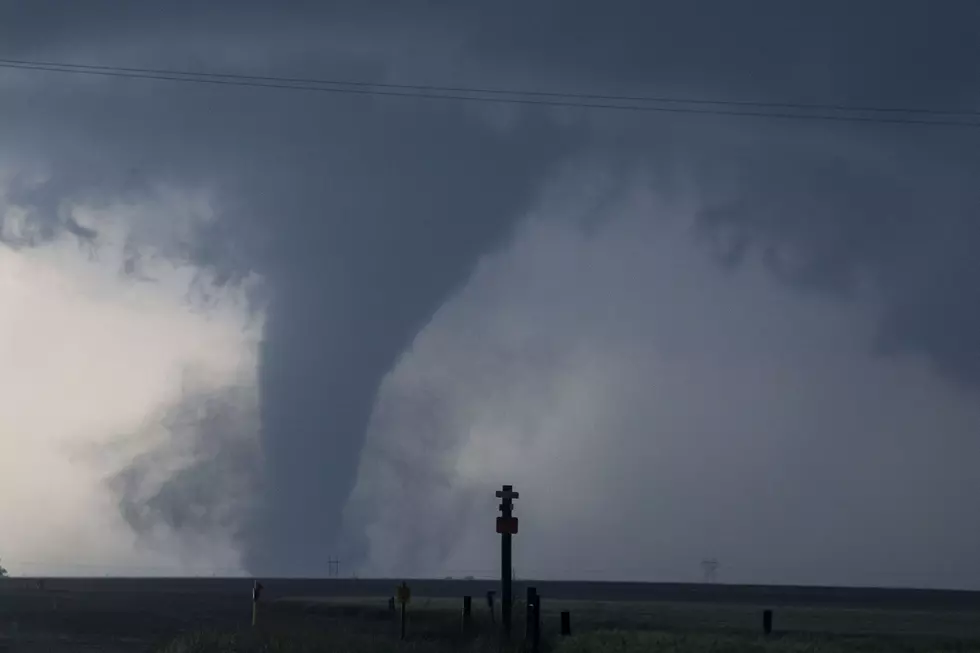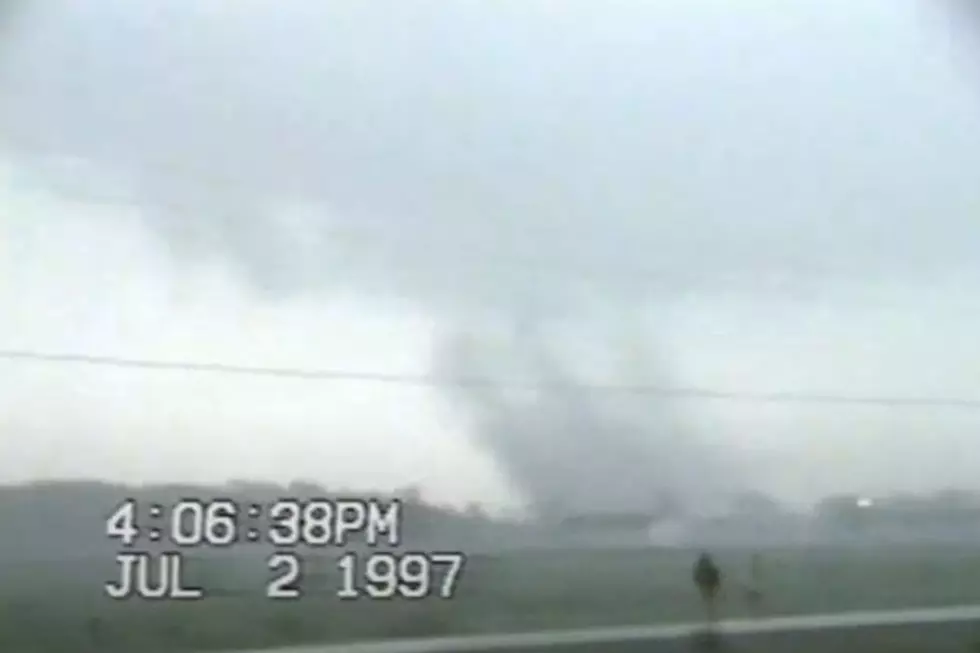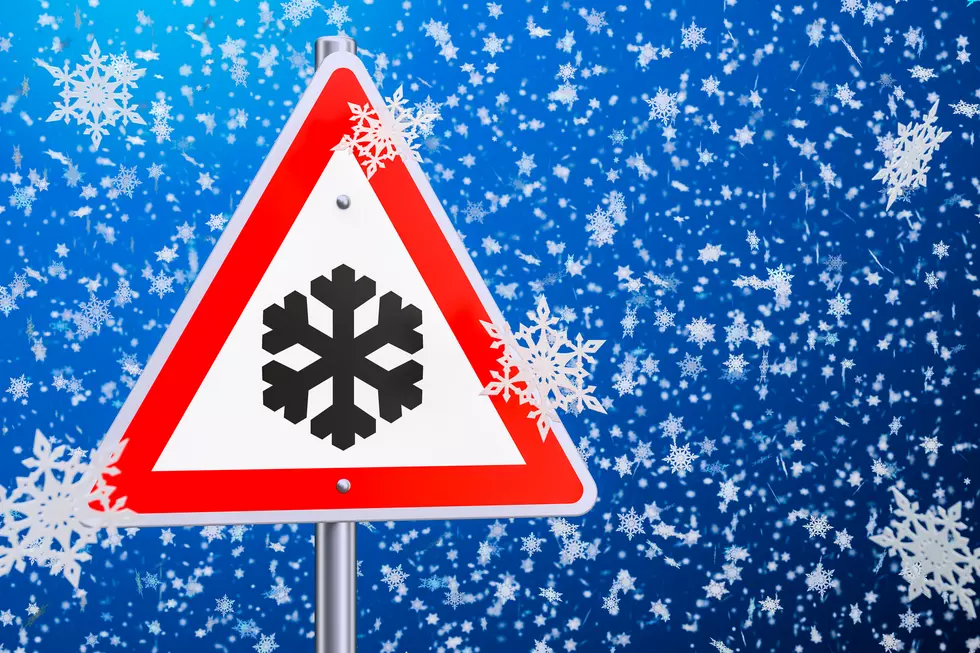
Severe Weather in Michigan: How to Stay Safe During Tornado Season
On Friday afternoon. May 20, Gaylord Michigan saw a tornado touch down in Gaylord during a thunderstorm killing 2 and leaving 44 injured along with a path of destruction. Gaylord has no tornado sirens, although residents do receive alerts through their cellphones. In situation like that, knowing the signs of impending severe weather and what to do could save your life.

Mid-Michigan Now Chief Meteorologist Ahmad Bajjey told us that Michigan tornadoes occur most frequently from April until July. Tornadoes can strike with little warning, and even though meteorologists are now better able to predict the signs a twister is coming it sometimes isn’t enough. Knowing what to look for can add even a few extra minutes, giving an opportunity for anyone in harm’s way to seek shelter.
How Strong Was the Gaylord Tornado?
The tornado that ripped through the city of Gaylord was an F3 with maximum winds reaching 150 miles per hour, according to the National Weather Service. The tornado traveled 16.6 miles and was on the ground for 20 minutes with a maximum width reaching 200 yards.
According to Mlive, the last F3 that Michigan experienced was on March 15, 2012. The city of Dexter suffered $12 million worth of damage with a tornado with 145mph winds made its was through just over 7 miles of the city. It was the first time Michigan has seen such force from a storm since 1982.
How Do Know a Tornado is Possible?
Since storms can change from mild to severe in a matter of seconds, knowing what to look for is key.
- A dark, often greenish, sky.
- Shelf clouds
- Wall clouds or an approaching cloud of debris.
- Large hail often in the absence of rain.
- Before a tornado strikes, the wind may die down and the air may become very still.
- A loud roar similar to a freight train may be heard.
- An approaching cloud of debris, even if a funnel is not visible.
Taking time to prepare for a weather emergency can also be a major plus when it come to what happens post storm. Bajjey strongly advises to always have items prepared for when you need to seek shelter.
"First and most important have a first aid kit. Also a flashlight and extra batteries and battery operated way to recharge you phone so you can stay connected. It's not a bad idea to invest in a weather radio too."
Bajjey says that a "Watch" is basically the "recipe for everything to happen". It's like baking a cake. When a "Warning" is given that means the cake is "done" and it's ready....and time to take immediate shelter. Following those indications and weather alerts can save your life in severe weather.
LOOK: The most expensive weather and climate disasters in recent decades




